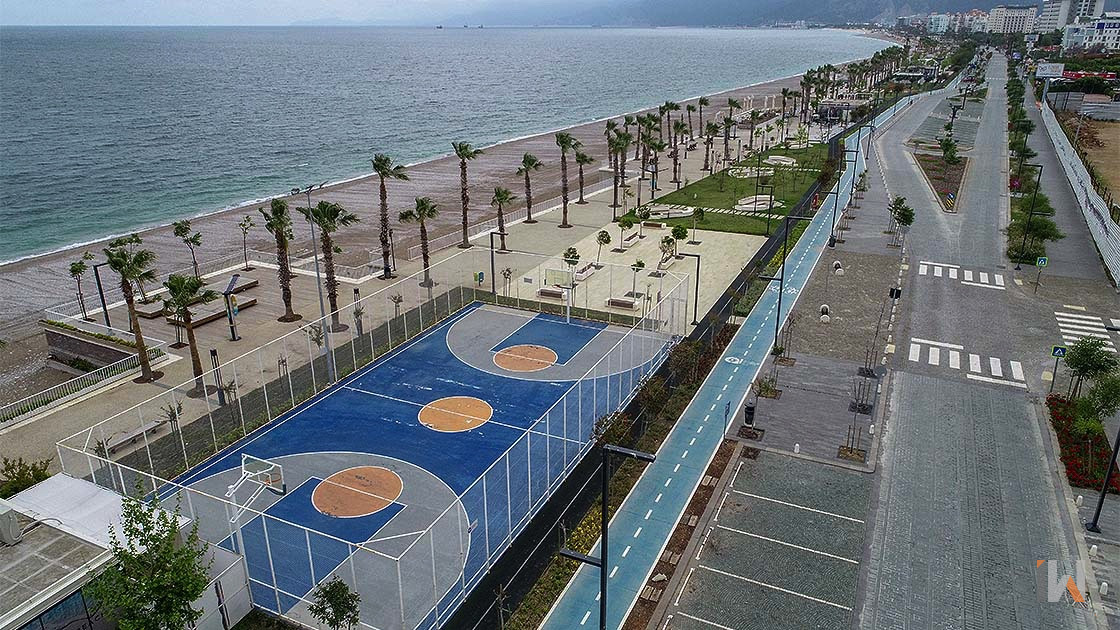POPULATION
1.736.228
CURRENCY
EURO (€)
TIMEZONE
GMT +1:00
LANGUAGE
PORTUGUESE
WEATHER
JULY 22ºC /
JANUARY 10ºC
AIRPORTS
Francisco de Sá Carneiro Airport.
HISTORICAL IMPORTANCE OF PORTO
Porto, historically significant as one of Portugal's oldest and most prominent cities, holds strategic importance as a major port on the Atlantic coast. Established during Roman times as Portus Cale, it evolved into a key hub for trade and commerce during the Age of Discovery, serving as a launching point for explorers like Henry the Navigator. Porto's economic prowess grew with the wine trade, especially Port wine, which remains globally renowned. Architecturally, the city boasts a rich heritage, from its medieval Ribeira district to the ornate Baroque churches and the iconic Dom Luís I Bridge spanning the Douro River. Beyond its cultural and economic contributions, Porto played a pivotal role in Portugal's history, including its struggles for independence and its emergence as a maritime power, leaving a lasting imprint on European history and culture.
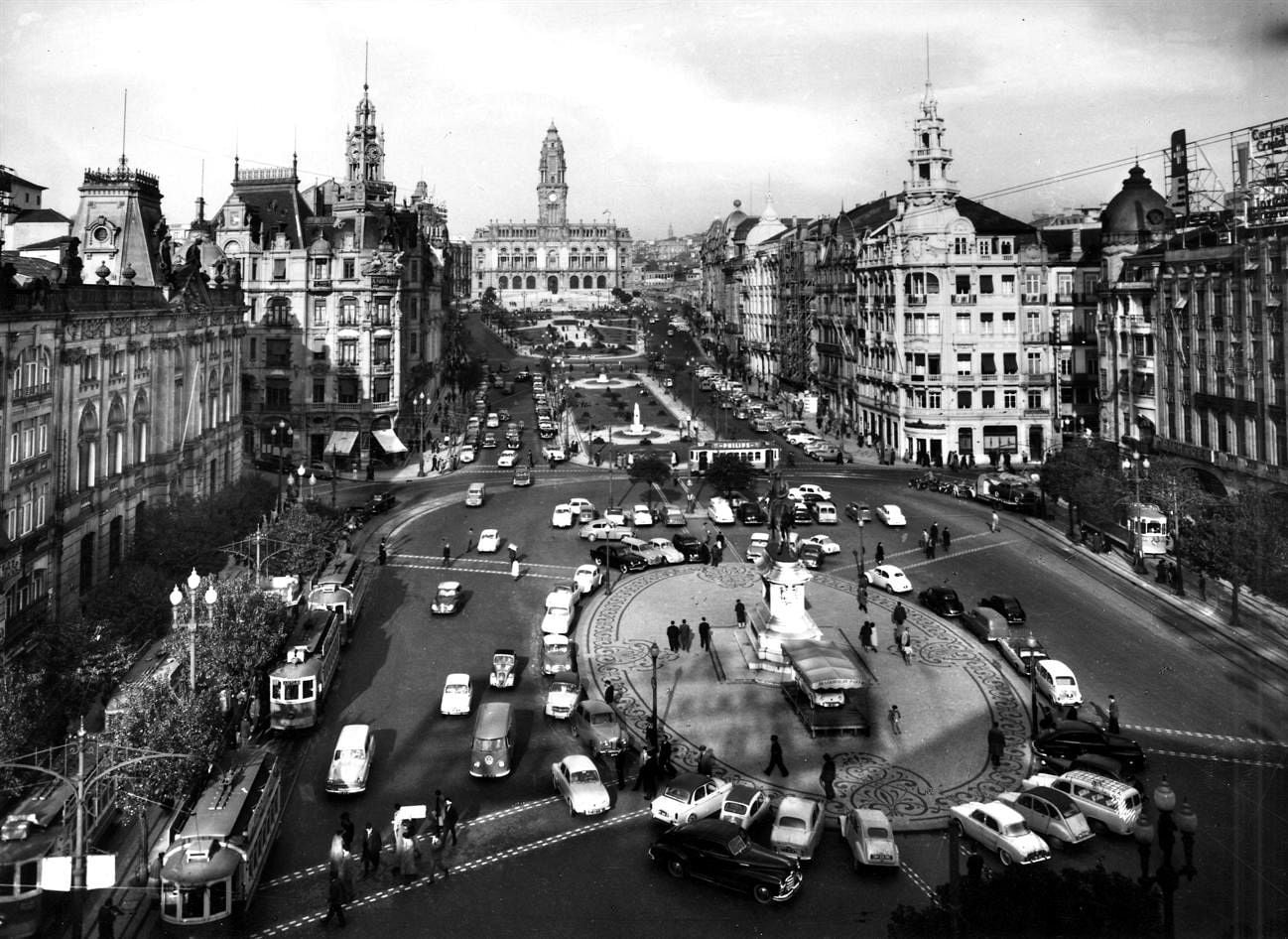
UNDEFEATED CITY
Porto is often referred to as the "Undefeated City" (Cidade Invicta in Portuguese) due to its resilience and historical significance in defending itself against various invasions and conflicts throughout its long history. The title originated from its steadfast resistance during the Portuguese Civil War of the 19th century, where it remained loyal to the liberal cause against absolutist forces. This resistance earned Porto the admiration and respect of many, solidifying its reputation as a city that perseveres and prevails in the face of adversity. The nickname "Undefeated City" thus symbolizes Porto's enduring spirit, strength, and determination over the centuries.
THE BEST TIME TO VISIT PORTO
The best time to visit Porto is generally from late spring to early autumn, specifically from May to September. During these months, Porto enjoys mild to warm temperatures, making it ideal for exploring its charming streets, visiting historic sites, and enjoying outdoor activities along the Douro River. Summer, particularly July and August, can be quite warm, but it also brings lively festivals and events that showcase Porto's vibrant cultural scene. If you prefer fewer crowds and milder weather, May, June, and September are excellent choices, offering pleasant temperatures and the opportunity to experience Porto's beauty without the peak tourist season rush.
TRANSPORTATION TO PORTO
Porto is well-connected by various transportation options, making it easy for visitors to reach the city. If arriving internationally, Francisco Sá Carneiro Airport serves Porto and is located about 11 kilometers north of the city center. From the airport, you can take a taxi, use ride-sharing services, or opt for the metro, which provides a direct connection to downtown Porto in about 25 minutes. Porto also has a robust railway network, with São Bento Station being a major hub for both regional and long-distance trains. This makes it convenient to travel to Porto from other Portuguese cities like Lisbon, as well as from neighboring countries via international trains. Additionally, Porto's public transportation system includes buses and trams, providing efficient ways to navigate within the city and explore its attractions.
PORT WINE
Port wine, originating from Portugal's Douro Valley, is a fortified wine renowned for its rich, sweet flavors and robust character. Made from a blend of indigenous grape varieties such as Touriga Nacional and Touriga Franca, Port undergoes fortification with grape spirit during fermentation, which stops the process and preserves residual sugars, yielding its characteristic sweetness and higher alcohol content. It comes in various styles including Ruby, Tawny, Vintage, and LBV, each offering unique tasting profiles from youthful fruitiness to complex aged notes of nuts and caramel. Port wine is often enjoyed as a dessert wine, pairing wonderfully with cheeses, chocolate, and nuts, and holds a significant place in Portugal's cultural heritage and global wine traditions.
THINGS TO DO AND PLACES TO VISIT
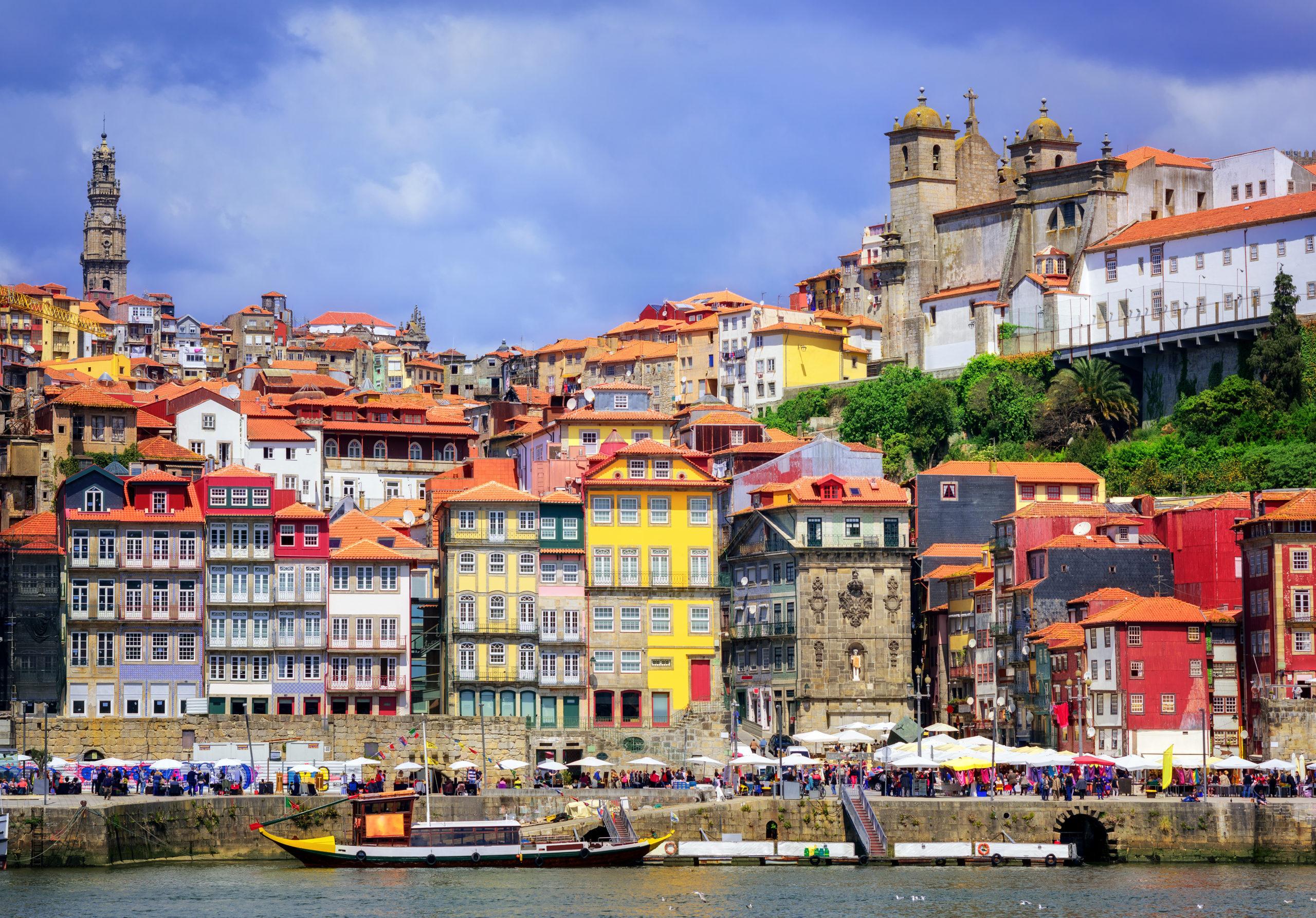
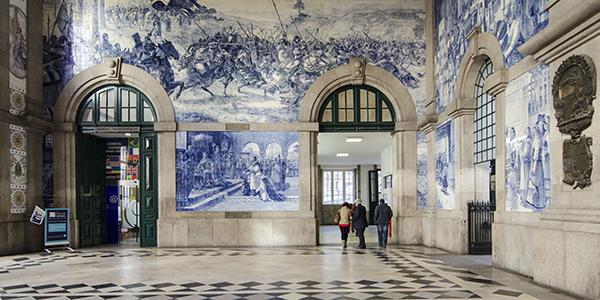
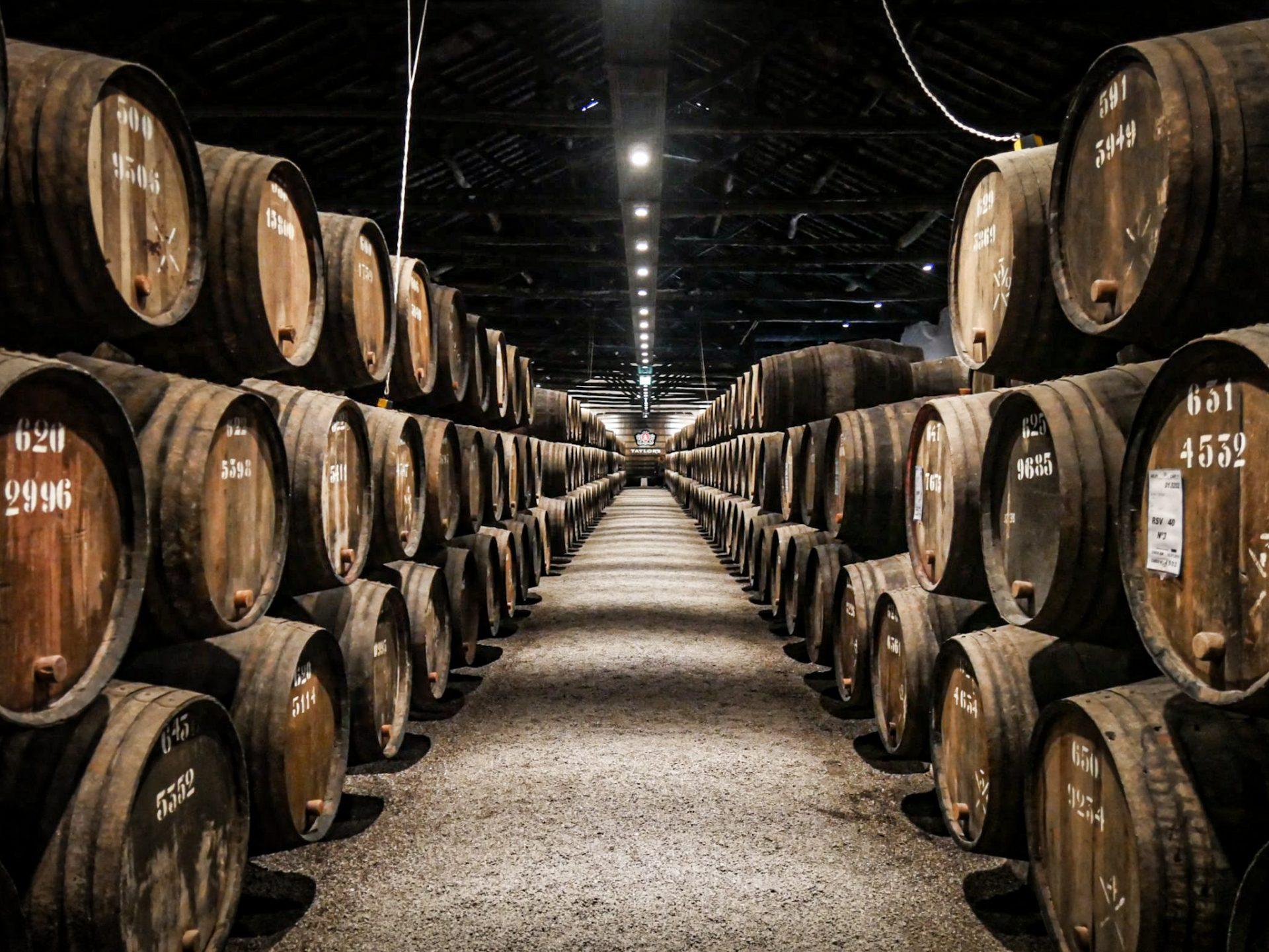

WHAT TO EAT IN PORTO
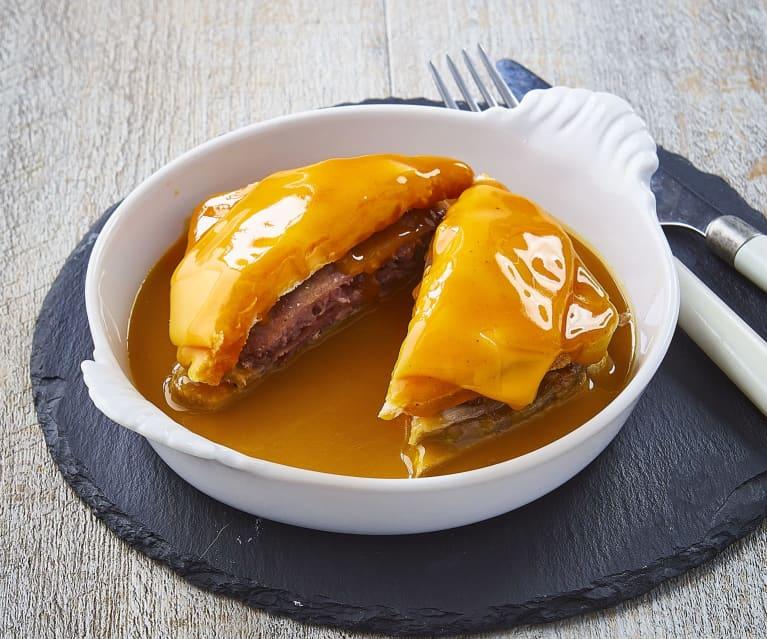
Francesinha
Francesinha, Porto's iconic sandwich, layers toasted bread with cured meats like ham, linguiça, and steak, topped generously with melted cheese and smothered in a spicy tomato and beer sauce. Served with a side of French fries, this hearty dish reflects a fusion of Portuguese and possibly French culinary influences, offering a rich and savory dining experience that has become synonymous with the city's gastronomic identity. Whether enjoyed in traditional eateries or modern interpretations, Francesinha remains a must-try for visitors seeking a taste of Porto's robust flavors and culinary heritage.

Bacalhau à Brás
Antalya is one of the important agricultural regions of Turkey and is especially famous for its orange production. Oranges grown in Antalya include 57 different varieties, including sweet orange. This is because the region offers a suitable environment for growing oranges, thanks to its climate and soil conditions. Antalya's oranges are an important agricultural product for both local consumption and export. Orange also plays an important role in Antalya's economic and cultural identity.
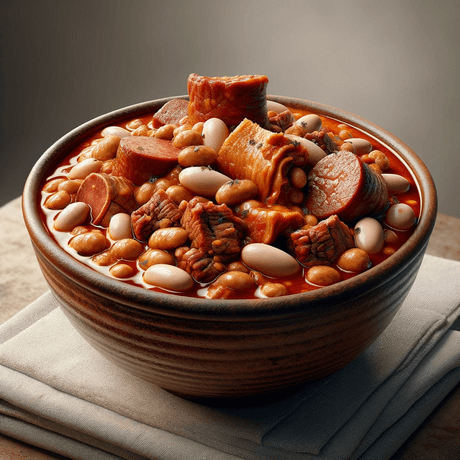
Tripas à Moda do Porto
Tripas à Moda do Porto, translated as "Tripe Porto Style," is a traditional dish that holds significant cultural and historical importance in Porto, Portugal. Legend has it that during the Age of Discoveries, Porto's inhabitants generously offered their meat to supply ships, leaving only tripe and offal behind. Despite its humble origins, Tripas à Moda do Porto has evolved into a cherished delicacy. The dish consists of tripe (the stomach lining of cattle) simmered with white beans, smoked sausages, various meats (such as pork and beef), carrots, onions, and herbs. The resulting stew is hearty and flavorful, often served with rice and accompanied by a glass of Douro wine. Tripas à Moda do Porto is celebrated annually during the city's Tripeiros Festival, honoring Porto's resilient spirit and culinary heritage.
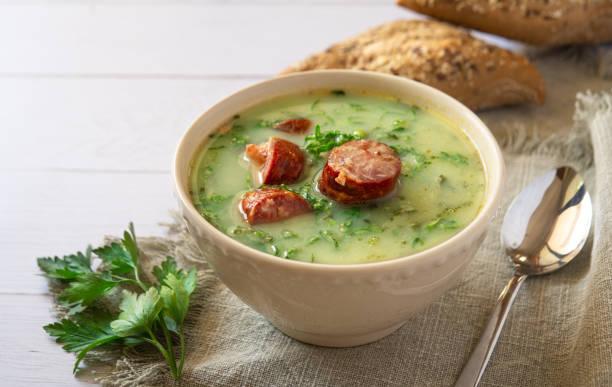
Caldo Verde
Caldo Verde is a traditional Portuguese soup that is both simple and deeply comforting. It originates from the Minho region in northern Portugal but is widely enjoyed throughout the country, including in Porto. The name "Caldo Verde" translates to "green broth" in Portuguese, highlighting its main ingredients: kale (or collard greens), potatoes, and sometimes chorizo or Portuguese sausage. The soup is typically made by simmering thinly sliced potatoes in water with garlic and olive oil until they begin to break down and thicken the broth. Finely shredded kale is then added, cooking until tender but still vibrant green. Chorizo or Portuguese sausage slices are often added for extra flavor. Caldo Verde is served hot, sometimes with a drizzle of olive oil and accompanied by rustic bread, making it a wholesome and satisfying meal, especially during colder months or as a starter in Portuguese meals. It embodies the country's reliance on simple, fresh ingredients and reflects its rich culinary tradition.
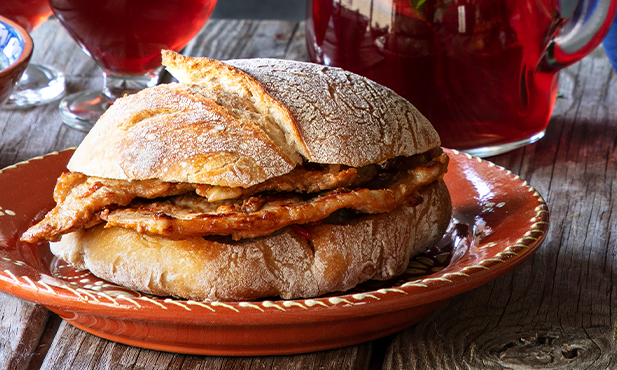
Bifanas
Bifanas are a popular Portuguese dish known for their simplicity and delicious flavors. These sandwiches consist of thin slices of marinated pork, typically seasoned with garlic, spices (such as paprika or piri-piri), and sometimes white wine or vinegar. The pork is then fried or grilled until tender and juicy. Bifanas are traditionally served in a crusty bread roll, often with mustard or a spicy sauce, and sometimes accompanied by sautéed onions or pickles for added flavor. They are a favorite street food and casual dining option in Portugal, offering a satisfying combination of savory meat and bread that is enjoyed throughout the day. Bifanas exemplify Portuguese culinary traditions with their focus on quality ingredients and straightforward preparation that highlights the natural flavors of the pork.
HOW MANY DAYS SHOULD YOU SPEND IN PORTO?
The ideal number of days to spend in Porto depends on your interests and what you hope to experience. For a basic exploration of the city's highlights, such as the historic center (including the Ribeira district and Dom Luís I Bridge), São Bento Station with its famous azulejos (tiles), and a visit to a Port wine cellar across the river in Vila Nova de Gaia, 2-3 days is typically sufficient. This timeframe allows you to enjoy the city's main attractions, sample its culinary delights like Francesinha or fresh seafood, and perhaps take a day trip to nearby attractions such as the Douro Valley for wine tasting or the coastal city of Matosinhos for its beaches and seafood restaurants. However, if you want to delve deeper into Porto's cultural scene, attend local festivals, or explore more off-the-beaten-path locations, you may consider extending your stay to 4-5 days or more.
